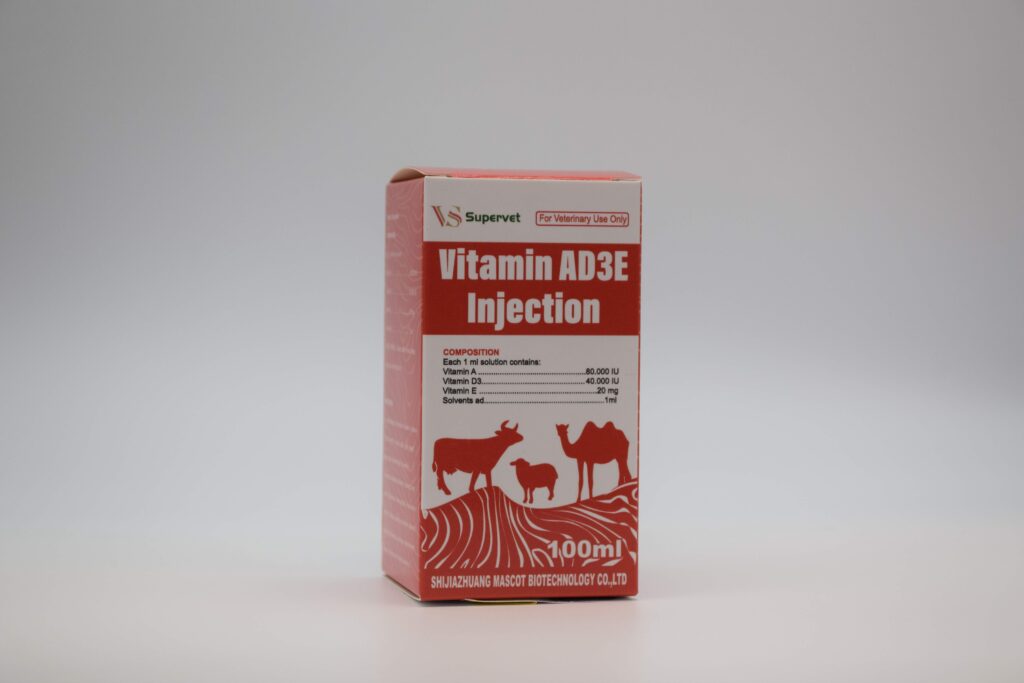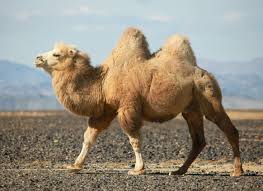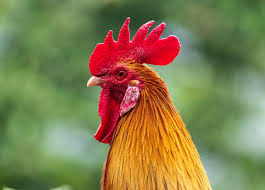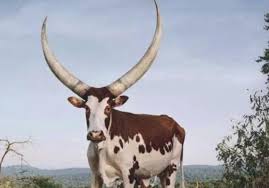
Compound Vitamin Injection
Name:
Compound Vitamin Injection
Common Capacity:
- 50ml; 100ml per bottle
- 500ml; 1000ml per bottle
- Specific combination products mention 20ml/30ml/50ml
Applicable Animals:
Global Livestock Application:
- Pigs: Piglets, growing pigs, breeding sows, boars (for growth, immunity, stress prevention).
- Poultry: Chickens, ducks, turkeys (for growth, egg production, stress prevention).
- Cattle: Calves, adult cattle (for growth, fertility, recovery from illness).
- Sheep & Goats: Lambs, adult sheep/goats (for general health, stress, and specific deficiencies).
- Aquatic Animals: Fish, shrimp (for growth, disease resistance, metabolic functions).
- Special Farming: Rabbits, mink, foxes, horses 2 (for overall health, performance, and specific deficiencies).
- Pets: Dogs, cats (for general health, wound healing, specific deficiencies).
Usage and Dosage:
Compound Vitamin Injections are typically used to prevent or treat vitamin deficiencies, support growth, improve immunity, and aid recovery from stress or illness. The exact dosage depends on the specific formulation (which vitamins are included and at what concentration), animal species, age, weight, and the animal’s nutritional status or health condition. Always consult a veterinarian for precise dosage recommendations.
General Guidelines:
- For Injection Solution (Intramuscular/Subcutaneous):
- Large Animals (Cattle, Horses): Typically 10-20 ml per animal per dose.
- Medium Animals (Pigs, Sheep, Goats): Typically 5-10 ml per animal per dose.
- Small Animals (Poultry, Rabbits, Calves, Piglets): Typically 1-5 ml per animal per dose.
- Pets (Dogs, Cats): Doses vary greatly by body weight, usually 0.5-2 ml.
- Frequency: Doses can be single or repeated every few days, depending on the need and severity of deficiency.
- Growth Stages (Example for common species):
- Young/Growing Animals: Often used to support rapid growth and development.
- Adult Animals: Used for maintenance, stress periods, or during breeding for reproductive health.
- Breeding Animals: Critical for fertility, fetal development, and lactation.
Applicable Diseases and Symptoms:
Compound Vitamin Injections are not antibacterial agents but rather supportive therapies. They are used to address or prevent conditions related to vitamin deficiencies, stress, and to support overall animal health:
- Vitamin Deficiencies: Scurvy (Vitamin C), Beri-beri (Vitamin B1), pellagra (Vitamin B3), anemia (Vitamin B12 ), vision problems (Vitamin A 1), bone disorders (Vitamin D ), reproductive issues (Vitamin E ).
- Stress Conditions: During transportation, extreme weather, vaccination, deworming, or changes in feed.
- Convalescence: To aid recovery from bacterial, viral, or parasitic diseases by boosting immunity and supporting metabolic functions.
- Growth and Performance Enhancement: To support optimal growth rates and feed conversion in growing animals, and improve production parameters (e.g., egg production in poultry, milk yield in dairy animals).
- Immune System Support: To strengthen the animal’s natural defenses against infections.
- Specific Formulations: Some compound injections may include specific vitamins (e.g., Vitamin B12 , Vitamin B1 ) or other compounds like ATP 2, amino acids , or corticosteroids potentially acting as a base for specific treatments .
Precautions:
- Allergy/Hypersensitivity: Although rare, some animals may exhibit allergic reactions to certain vitamins or excipients. Monitor animals after administration.
- Injection Site Reactions: Transient swelling or discomfort at the injection site may occur. Ensure proper aseptic technique during administration.
- Overdosing: While water-soluble vitamins are generally safe due to kidney excretion, fat-soluble vitamins (A, D, E, K) can accumulate and cause toxicity if overdosed. Follow recommended dosages strictly.
- Drug Interactions: Be cautious when co-administering with other medications. Consult a veterinarian about potential interactions.
- Storage: Store in a cool, dark place, protected from light. Keep out of reach of children.
- Withdrawal Period: While vitamins themselves usually do not have withdrawal periods, if the compound injection contains other active pharmaceutical ingredients (APIs), their respective withdrawal periods must be strictly observed.
Contraindications:
- Known Hypersensitivity: Do not use in animals with a known hypersensitivity to any of the ingredients.
- Severe Renal or Hepatic Impairment: Use with caution in animals with severe kidney or liver disease, as it may affect vitamin metabolism or excretion.
- Specific Disease States: In some cases, specific vitamin supplements may be contraindicated or require adjusted doses for certain health conditions (e.g., hypervitaminosis).
Post-Treatment Care:
- Observe for Adverse Reactions: Monitor animals for any signs of allergic reactions (e.g., rash, swelling, difficulty breathing) or adverse injection site reactions.
- Maintain Good Husbandry: Ensure animals have access to clean water, balanced feed, and a comfortable environment to maximize the benefits of vitamin supplementation.
- Monitor Clinical Response: Assess if the animal’s condition improves as expected. If the underlying signs of deficiency or stress persist, consult a veterinarian about further diagnostic and treatment options.
- Record Keeping: Maintain accurate records of all treatments, including drug name, dosage, date, route of administration, and animal identification.
Applicable Animals
Animal species suitable for this veterinary medication




